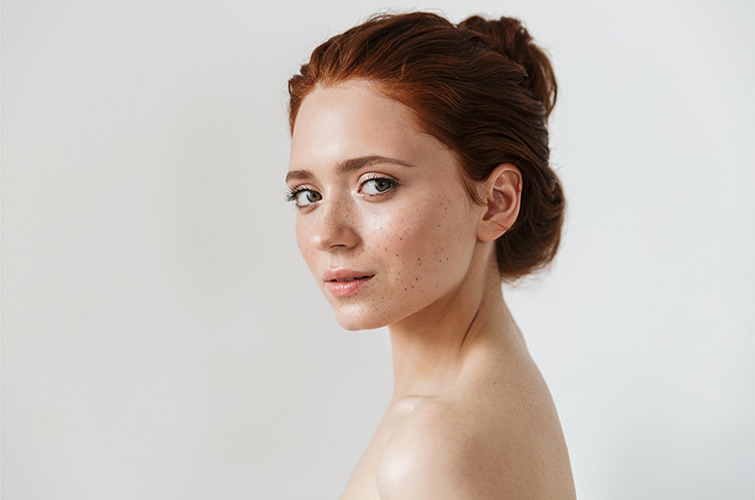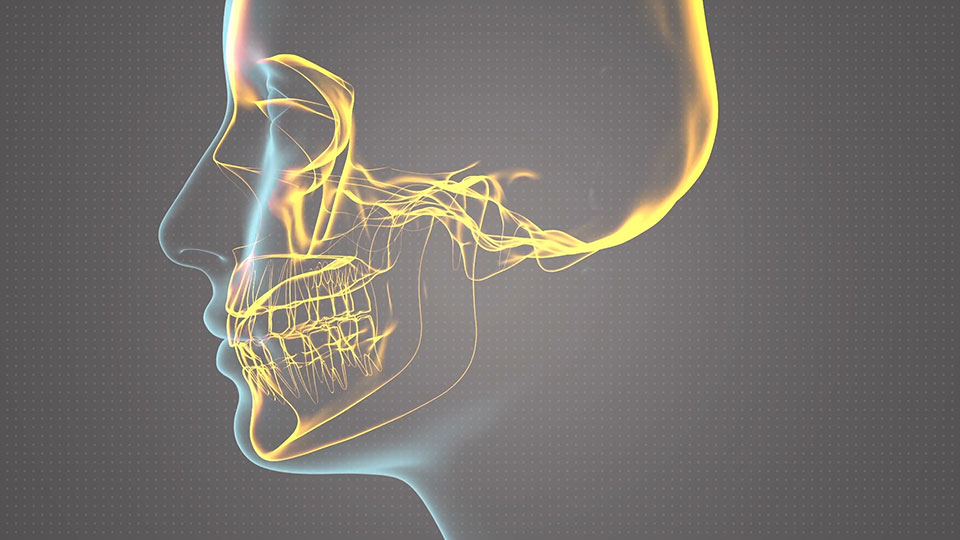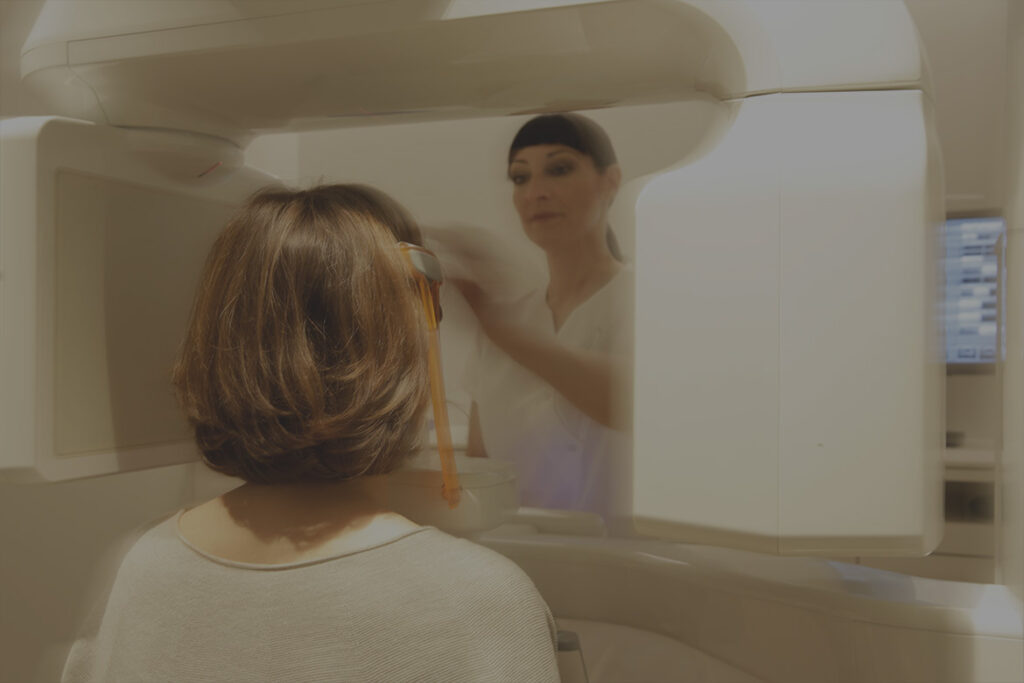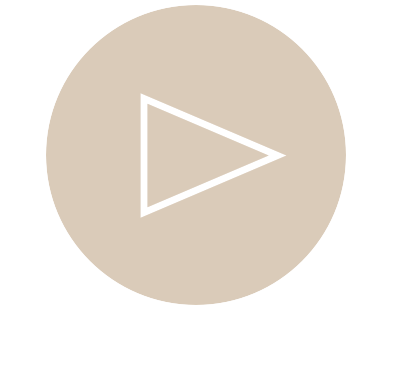Maxillofacial surgery (full mouth, jaw and face surgery) includes, among other things, the diagnosis and treatment of jaw malformations (dysgnathia), facial fractures (traumatology) and temporomandibular joint pain (CMD: craniomandibular dysfunction). In doing so, we make use of a variety of techniques and procedures, including distraction (DO: distraction osteogenesis).
There is a multitude of different malocclusions (dysgnathias), which develop as a result of poor positioning of the upper jaw, the lower jaw or a combination of the two. The individual sections of the jaw may be too long, too short, too narrow, too wide or even asymmetrical. This can result in functional or aesthetic limitations, leading to a desire or need for corrective surgery.
Owing to the wide-ranging training I’ve undertaken since completing my studies in human medicine and dentistry, as an oral surgeon I can guarantee the vital overview of the possible diagnoses, and offer the full range of possible therapies.

As the malformation of the jaw is usually accompanied by defective positioning of the teeth, treatment is performed in close consultation with an orthodontist. Together, we analyse the situation using 3D X-ray images, plaster models and photographs, in order to define the appropriate individual treatment plan.
Using a suitable dental brace or other orthodontic device, in an initial phase the necessary conditions for the surgical corrective procedure will be created. Thanks to new designs, the devices offered are very discreet or even invisible, meaning even adults can look forward to the so-called ‘pre-coordination’ phase without having to worry.
The surgical techniques for correcting dysgnathia (known as osteotomy or bone resection) are every bit as varied as the jaw malformations themselves. Many techniques have already been in use for decades, and have proven their value in countless patients worldwide.

If the dental arch is crowded or there is insufficient development of sections of the jaw, growth in the desired dimension can be achieved with the aid of an appropriate device (distractor).
The procedure was first described in the 1950s, and since then it has been continuously refined and adapted to the various problems, and successfully used countless times.
Fractures of the zygomatic bone, zygomatic arch, orbital floor or the upper or lower jaw can be diagnosed quickly and precisely using 3D X-ray images (DVT: digital volume tomography).
The fractures can be moved into the anatomically correct position and fixed back in place using minute titanium screws and plates.
For these procedures, we select the access points in such a way that there is no visible scarring to the face, and we achieve the best possible aesthetic result.


Craniomandibular disorders (CMD) are common and widespread. They range from occasional localised pains to chronic symptom sets. They may be accompanied by pronounced limitations on mobility and mouth-opening, or nothing more than a quiet clicking or snapping sound.
As the problems often spread, overlaps do occur with symptoms from otolaryngology, ophthalmology, neurology, rheumatology and dentistry. Psychological and behavioural factors also play a key role, and must be included in the evaluation of temporomandibular joint problems.
After a thorough clinical examination and an in-depth discussion with the patient, in many cases the correct diagnosis can be made at this early stage. Where more advanced special examinations are required, these can be arranged quickly and efficiently. In most cases, the problems can be treated through an optimal combination of selective measures in such a way that surgery can be avoided.
The therapy options range from simple exercises for the patient to do at home, to physiotherapy treatments that aim to ease the increased tension in the muscles and ligaments that is usually present. In this way, movement restrictions due to disc displacements can also be alleviated.
Sometimes, the temporary use of appropriate medicines is recommended. If there is also grinding or pressing of the teeth, this can likewise be successfully treated using individual dental splints.

For an optimal result, it is essential to make the most of the possibility of changing the definitive position of the teeth that an orthodontic appliance provides.
Depending on the initial situation, the appliance may not have to be worn for long if conditions are favourable. However, I personally do not favour a dysgnathia operation without accompanying orthodontic treatment.
The growth of the jaw should generally be complete, which can sometimes be the case from the age of 16 in adolescents.
In adult treatment, on the other hand, there is no defined upper limit, so such operations can be performed on healthy individuals – if necessary and reasonable – at an advanced age.
As a rule, the new position of the jaws can be very stably fixed from the beginning with today’s surgical methods, so postoperative guidance with small elastics is completely sufficient, and it is only in very rare exceptional cases that intermaxillary fixation with wires is needed. In other words, we do not routinely use wiring.
© 2022 Dr. Dr. Daniel Brusco